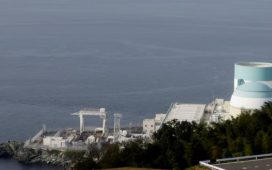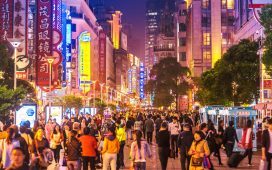Last June, I spent four days snorkelling in crystal clear water, swimming with dolphins, and learning to cook freshly caught fish on heated rocks. I wasn’t in Fiji, Vanuatu or New Caledonia – some of the favourite Pacific holiday destinations for Australians – but in Nyapio, a tiny island in Papua New Guinea.
I have been incredibly fortunate to live in PNG for the past two years. Travelling for work and pleasure, I have visited 15 of the country’s 22 provinces. There is hardly a holiday you can’t do in PNG.
For the more adventurously inclined, there are active volcanoes to climb, kayak trips through tropical fjords, and scuba diving with manta rays and walking sharks. For history buffs, there are still ruins from the second world war being discovered, and there are over 800 languages and 1,000 ethnic groups.
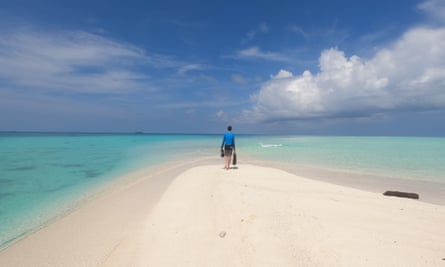
Nature lovers are also in for a treat. PNG is one of 17 “mega-diverse” countries globally. It contains the world’s third largest rainforest, more than 700 bird species, and 45,000km of coral reefs.
But in 2019, fewer than 80,000 people visited PNG, compared with almost 1 million visitors to nearby Fiji.
Given Port Moresby is less than a one-and-a-half-hour flight from mainland Australia, it’s not the distance that keeps people away. There is no denying PNG faces a number of development challenges. However, local tourism can be one of the most effective ways to combat these limitations and put money directly into the hands of the people who would benefit most.
There are examples of enterprising individuals seeking to earn some extra money to support their families and communities across the country. Back at Nyapio, villagers recently built guesthouses to encourage tourism and raise funds to build a new school. The men can take you out fishing for your dinner, then the local women can teach you how to prepare a mumu, a traditional way of cooking using heated rocks.
With Australia’s travel advice level for PNG set to “exercise a high degree of caution”, safety concerns are an oft-cited reason for people not wanting to visit. But Indonesia and the UK, which ranked second and third most popular overseas destinations for Australians in 2022, share the same rating. There are precautions you can take: don’t drive or wander around Port Moresby alone, for example. Using local guides, an increasing number of which can now be found online, will not only ensure you are following kastom, but also offer an additional layer of security.
Like for all overseas adventures, travel insurance is a must. Remote or particularly arduous journeys, such as summiting the 4,500-metre Mount Wilhelm – more than twice the height of Mount Kosciuszko – require additional preparation. You may need water purifying tablets, antimalarials and a good level of fitness. Surprisingly, a warm jumper is essential packing for any Highlands trip.
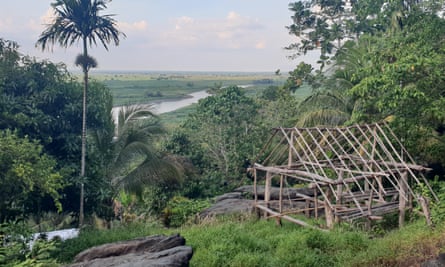
If you’re unsure where to visit, the PNG tourism website is a great place to start. Roughly divided into four regions – Momase, Southern, Highlands and Islands – picking just one destination for your first trip is advisable. Without a good road network, domestic flights are expensive and delays are not uncommon. However, with patience and a sense of humour, you’ll probably end up making friends in the airport queues and leave with fond memories of rearranged plans revealing unexpected delights.
I recommend travelling with a local guide, who will be able to provide unique insights that are missing from bigger tour companies or cruises.
This could include a motorised canoe trip down the Sepik River, with haus tambrans (spirit houses) full of artwork and carvings; a tour of now-shut Panguna mine in the Autonomous Region of Bougainville, at the heart of the decade-long conflict; or a catch-and-release fishing trip or bird-watching experience at an eco-lodge.
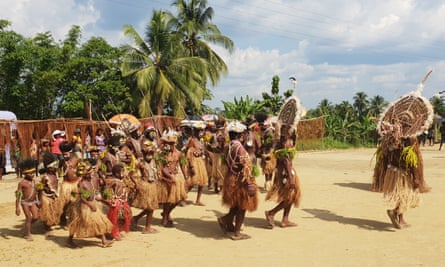
There’s no time like the present to visit PNG. Like the rest of the Pacific, PNG is on the frontlines of climate change. Stark reminders of rising sea levels are evident in coastal villages, with houses and crops inundated at high tides and once magnificent trees now lying dead along the shorelines. Land, languages and cultural practices are inextricably linked and some of PNG’s incredible diversity is already disappearing. But it is still a beautiful country, one that travellers are bound to fall in love with.
During his first visit to PNG as prime minister, Anthony Albanese presented Australians with a call to action. He wanted us to get to know our closest neighbours; to visit, to learn and to share in the richness of culture. Those willing to visit PNG will reap the rewards – remarkable landscapes, few tourists and more opportunities than you could dream of.


